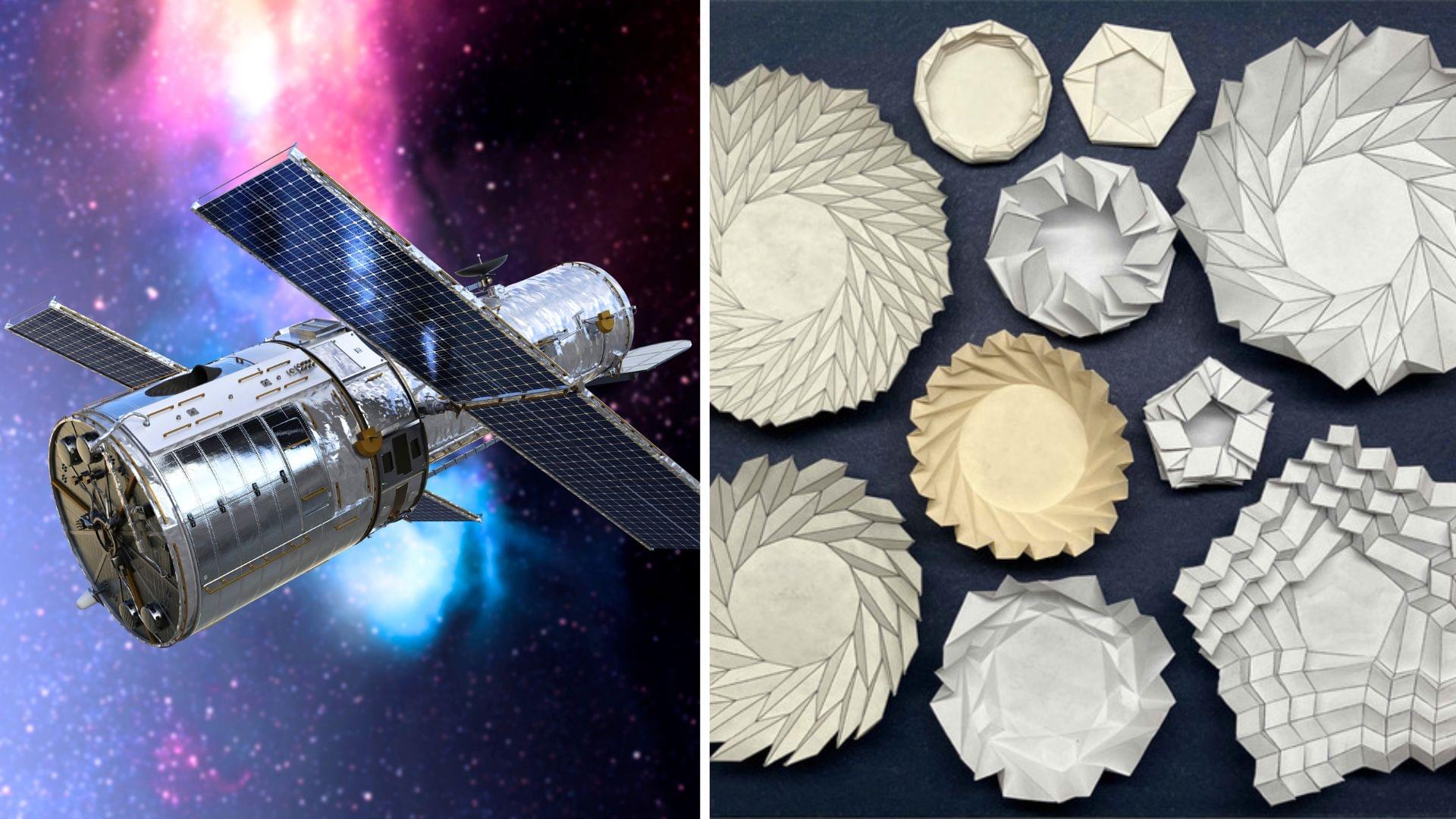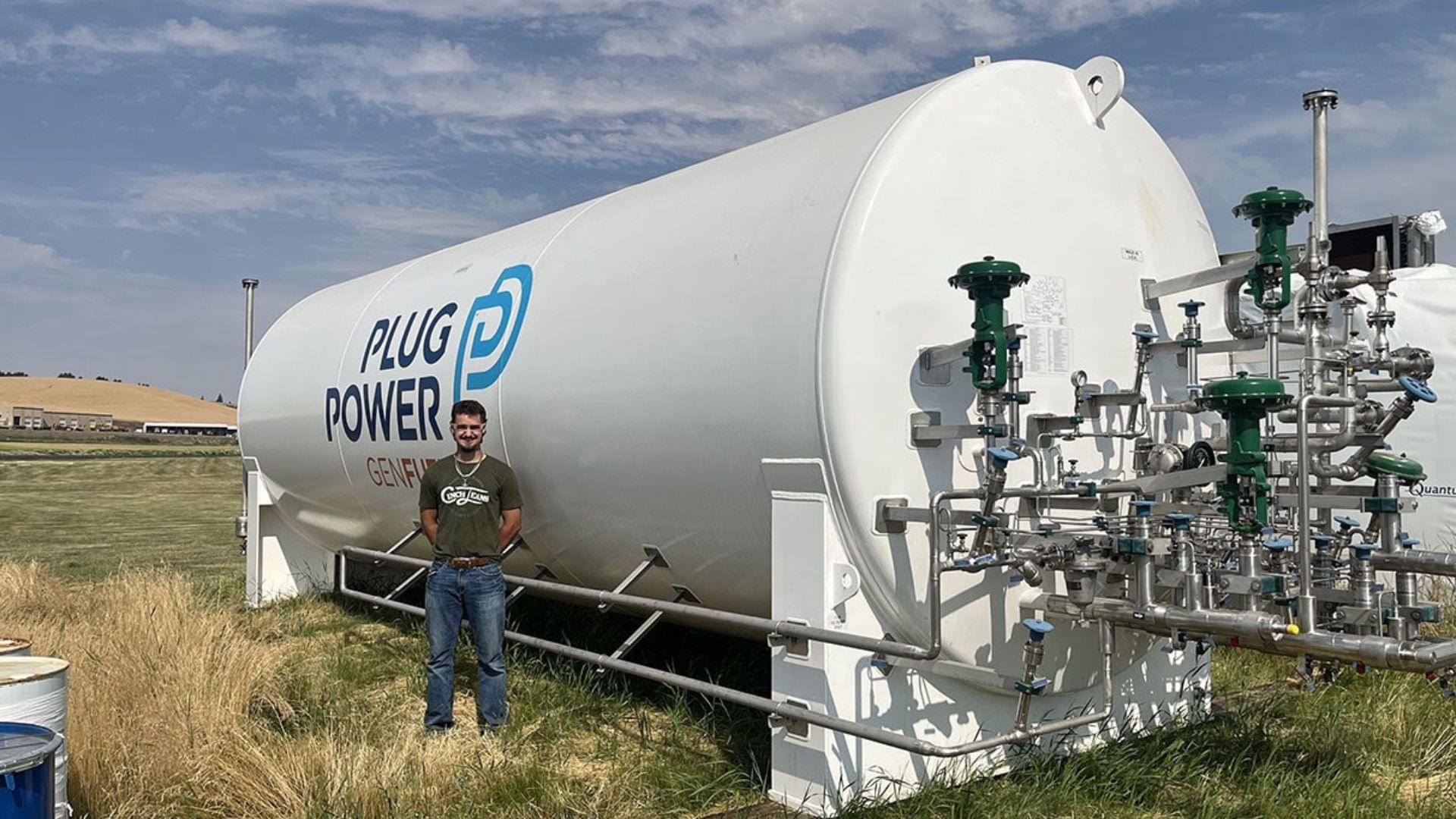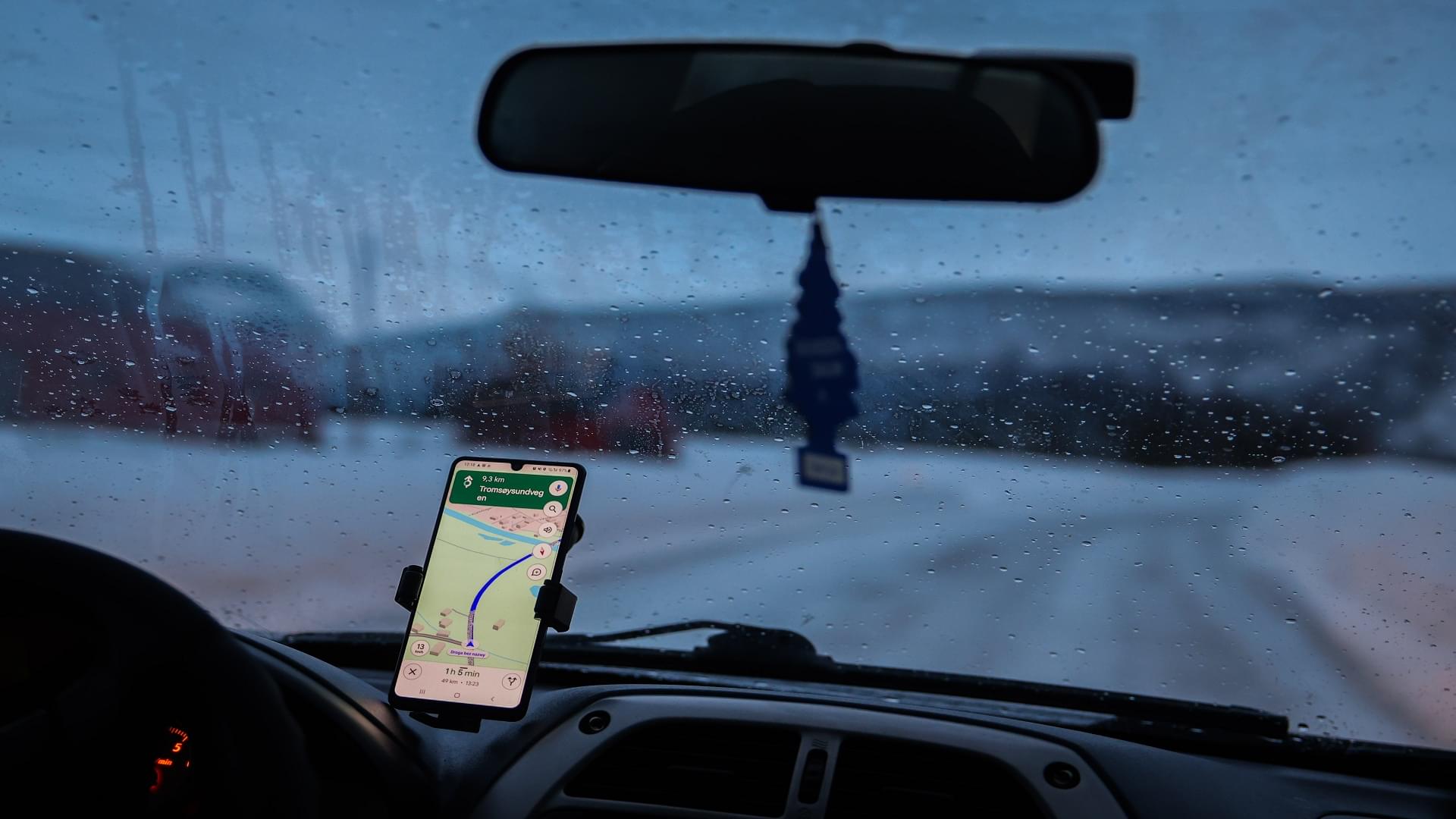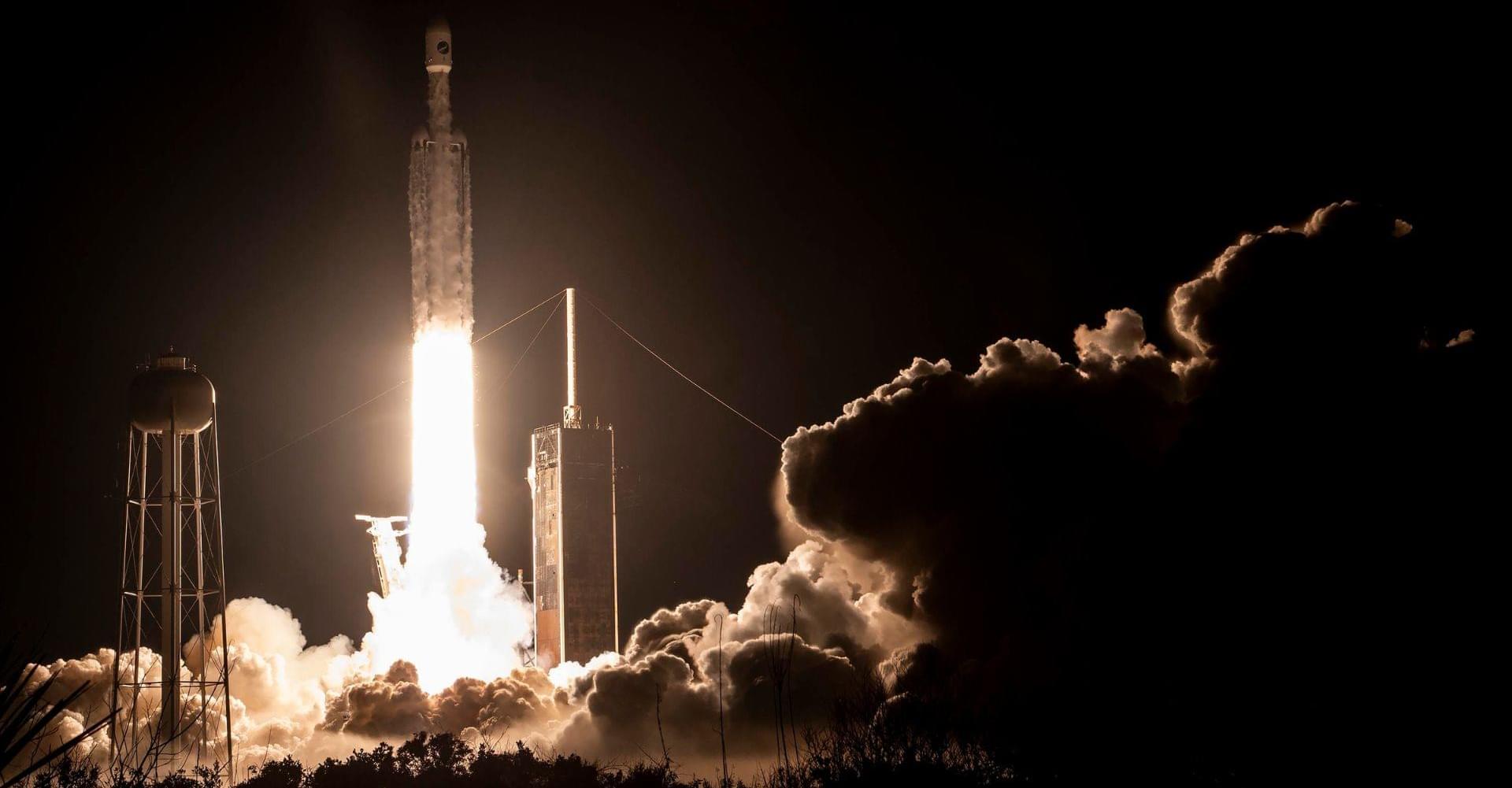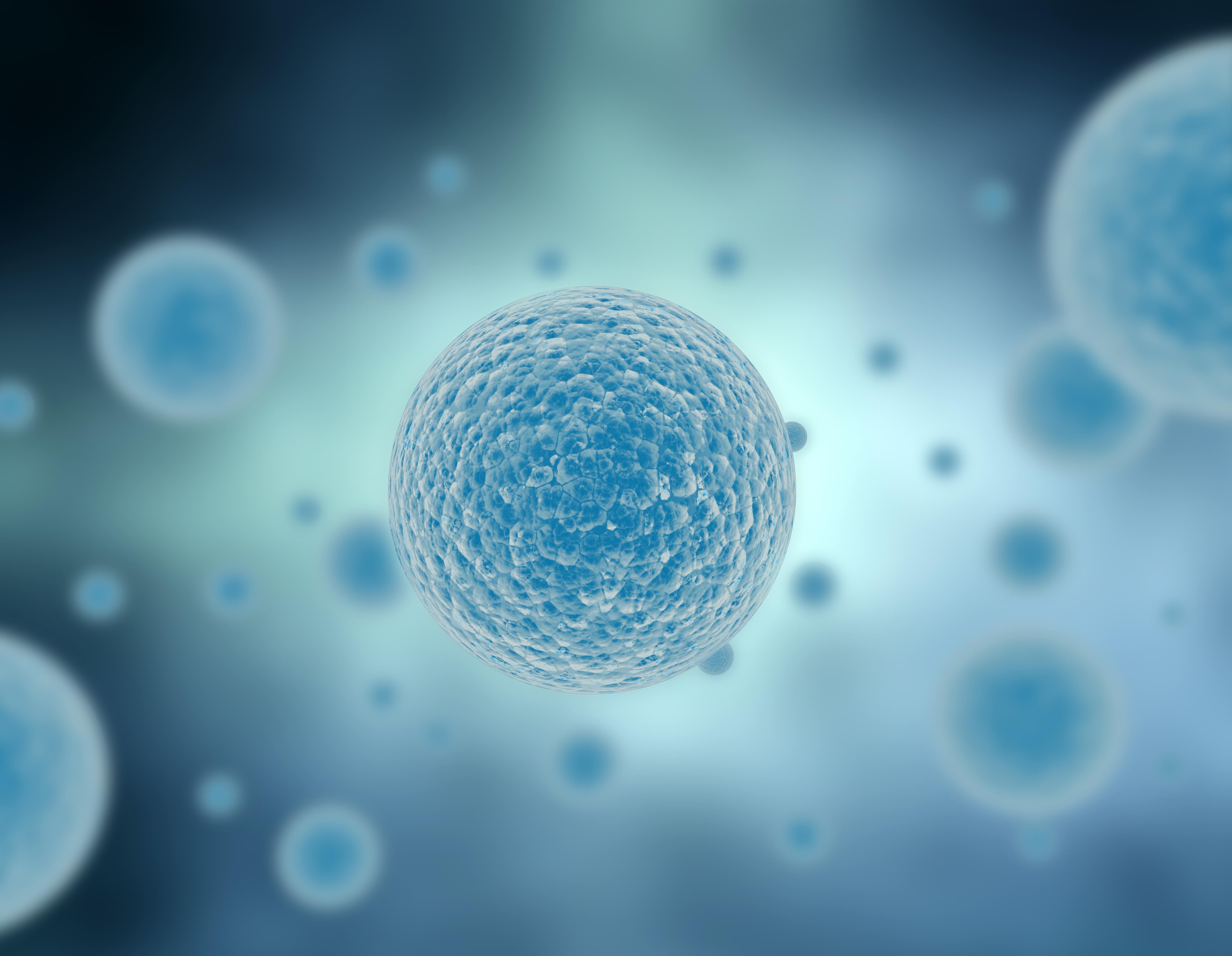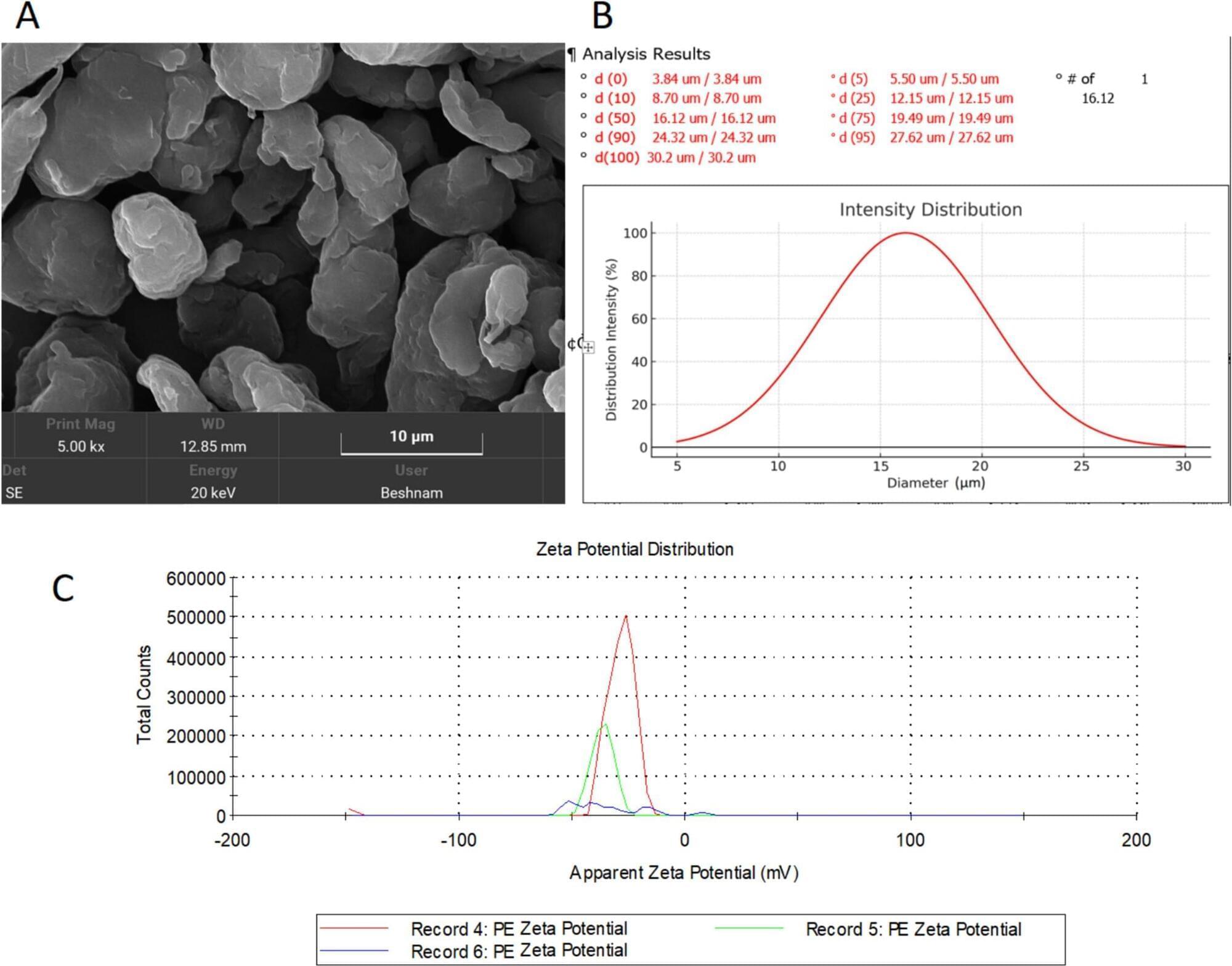Folding spacecraft design could be enhanced with Japan’s ancient origami patterns.
Scientists are exploring a new class of origami structures that could help design and build different shapes for use in space. These structures are expected to be even more compact and reliable.
Called bloom patterns, the new class of origami structures developed at Brigham Young University fold up flat and unfold like flower petals. Researchers expect such designs could be used in telescopes and solar arrays as well.
These structures are suitable for use in spacecraft as origami-based designs could help fold up for launch and then unfold or deploy to their full size when required in space.
